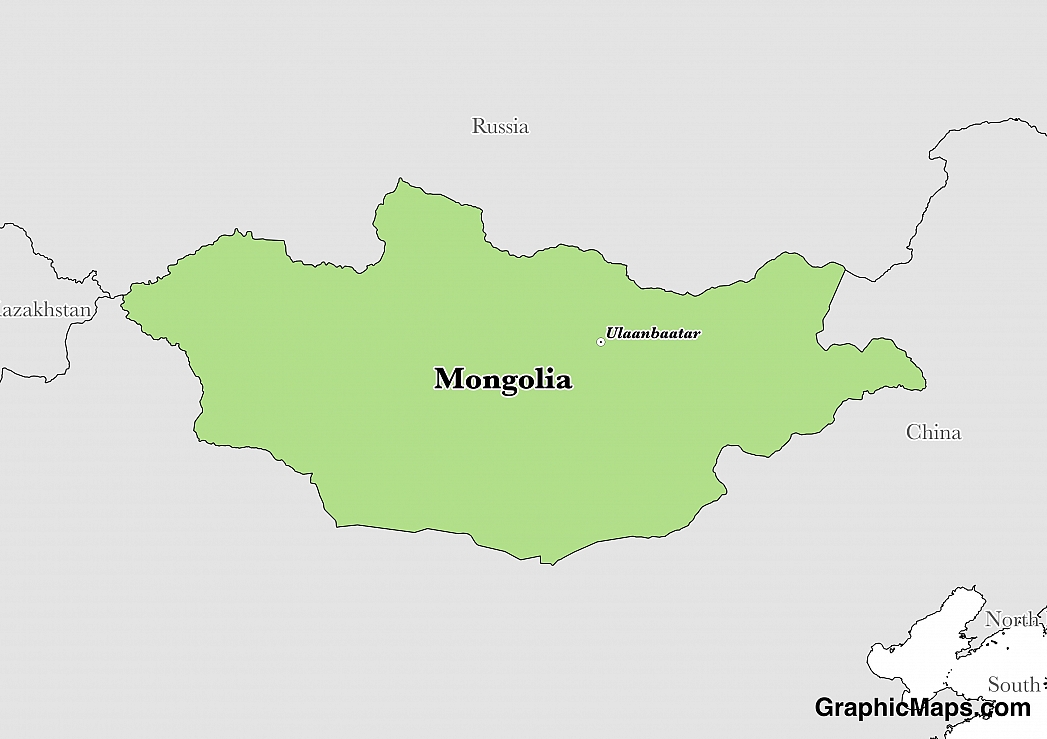The capital city of Mongolia is Ulaanbaatar, located in the northern-central region of the country, and represents the largest city in the nation. The city was founded in 1639 as a Buddhist community for travellers to the region and was known as Ulan Bator. In 1778, the city was permanently anchored to the current location having changed location over 25 times in the time between 1639-1778. Ulaanbaatar lies at location of 1,300 metres (4,300 feet) and represents the cultural, financial, and industrial center of Mongolia.
The population of Ulaanbaatar was last measured in 2014 and was found to be approximately 1.3 million people which is almost half the population of the entire country. The majority of the population are considered ethnic Mongolians and some in the city will speak English as a second language. The population of the city has grown nearly 1,000 times since 1939. The main religion of the city is Buddhism, as evidenced by the many temples dotted across Ulaanbaatar.
Major attractions in the city include the Gandantegchinlen Monastery, Zaisan Memorial, Winter Palace of the Bogd Khan, and Choijin Lama Temple. There are many amazing museums that are also worth visiting while in Ulaanbaatar alongside the unique cuisine and culture. The Gorkhi-Terelj National Park is a great place for a day-trip and provides visitors with unmatched scenery.
The climate of Ulaanbaatar is considered a monsoon-influenced, cold semi-arid environment and the city is the coldest national capital in the world. Winters are long and bitterly cold in Mongolia with temperatures reaching as low as -25.9 degrees Celsius (-14.6 degrees Fahrenheit) on average during the coldest month of January. Average high temperatures only reach above 22 degrees Celsius (72.5 degrees Fahrenheit) for three months (June-August) of the year. The coldest temperature ever recorded in the city was -42.2 degrees Celsius (-44 degrees Fahrenheit) in both January and February of 1957.
This page was last modified on May 1st, 2018
More on Graphicmaps

Published on 2019-11-06
What is a Trade Embargo?

Published on 2019-11-04
Which Two Countries Used to Have the Same Flag?

Published on 2019-09-16
What Is the Only Two-Sided State Flag?

Published on 2019-09-16
Which Country Flag Looks Like the Texas Flag?

Published on 2019-08-29
Flags That Resemble the US Flag

Published on 2019-08-20
